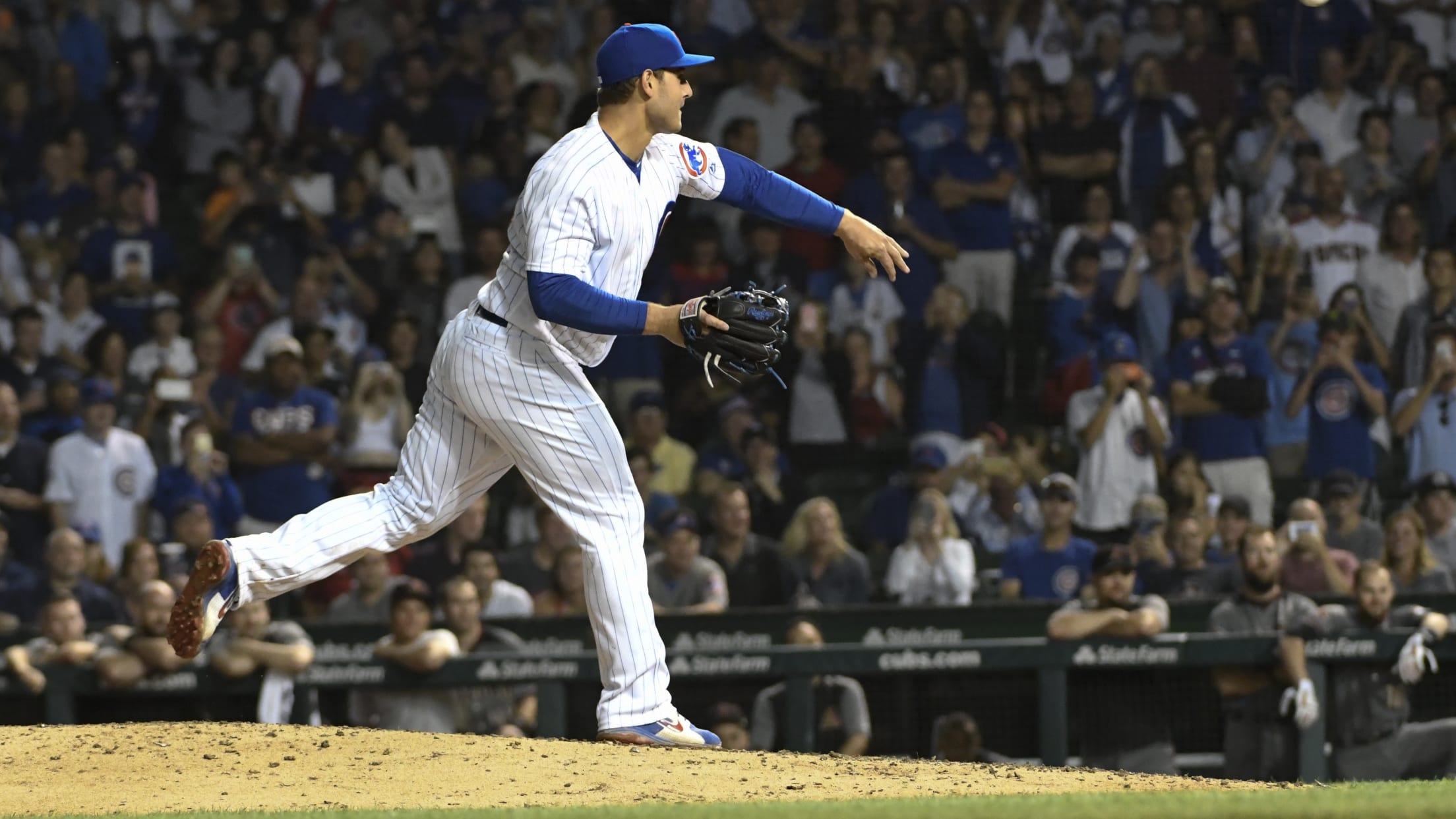Yes, it's still really fun to watch position players pitch

Last week, Dodgers utility man
The 46 pitching outings by position players this year marks a new record for the most in a single season, breaking the previous record of 31 set just last year. The sharp rise in those appearances is a result of a growing trend that sees MLB teams choosing to use their bullpens more often and earlier in games than the past.
How? Well, such a strategy incentivizes teams to save their actual pitchers for important situations while also keeping them well-rested. It sometimes leads to situations like the D-backs using infielder
Some voices around the baseball internet world, which shall remain nameless, have voiced concerns about the increase in position players pitching. They claim that by becoming more frequent, these moments are gradually losing the uniqueness that once made them so compelling.
Essentially the argument is this: Because we're seeing random utility infielders toss meatballs toward the plate on a semi-regular basis now, the peculiarity and weirdness of such events is dampened and therefore less enjoyable.
But, is that actually true?
Just because something happens more often, doesn't mean it's any less deserving of wonder. It's not somehow less of a spectacle. A third baseman throwing a 67-mph knuckleball is awesome regardless of how many position players we've seen pitch this year.
Alex Blandino, Filthy 67 mph Knuckle Ball. 🦋 pic.twitter.com/ivFAvcv7YQ
— Rob Friedman (@PitchingNinja) July 12, 2018
An infielder accidentally hitting a batter with a 47-mph pitch is wonderfully bizarre ... even if the next pitcher to come in that game happens to be a backup catcher.
To put it simply: Position player pitching opportunities raise the likelihood for weird baseball stuff, without significantly reducing the potential for close and competitive game action.
This makes even more sense when you consider that most outcomes in games in which position players pitch are already foregone conclusions. For instance, when Cubs manager Joe Maddon sent
Instead of letting the game simmer out and fade away into obscurity as a forgettable 7-1 home loss in July, Maddon gave Cubs fans in attendance and Rizzo himself a moment they'll remember forever.
Obviously, from a neutral point of view, the ideal scenario for any baseball game is a close and competitive affair that ends with the teams separated by a single run. But that's not always going to happen. Sometimes, your fifth starter shows up without his stuff, the other team puts up a barrage of runs before your team even gets to hit and you find yourself down 11 runs heading into the eighth inning.
Faced with that scenario, who would you rather watch pitch?
1) The long-man mop-up reliever who throws decent, but unspectacular, 90-mph fastballs and might better be of use in a winnable game the next day?
2) The quirky, cult-hero second baseman who hasn't pitched since middle school that is going to try to get big league hitters out with a 75-mph fastball and might accidently foster a hilarious baseball moment or two?
The choice seems obvious to me.









